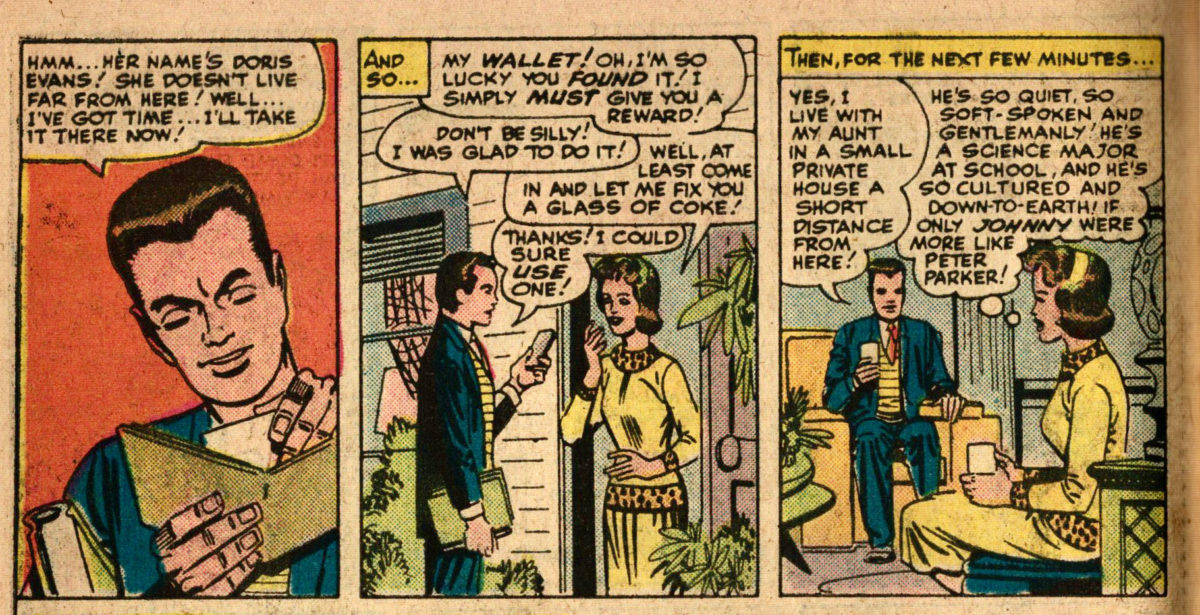Featuring: Fantastic Four
Release: April 9, 1963
Cover: July 1963
12 cents
Script: Stan Lee
Art: Jack Kirby
Inking: Dick Ayers
22 pages

I read this story in Fantastic Four Omnibus vol. 1.
Astute readers are noting that this comic is from April of 1963 and recall that we’ve been reading comics from May of 1963. So what gives? Why is this one here in the reading order? Am I even paying attention to what I’m doing?
Well, issue 17 will pick up right where 16 leaves off, and the battle with Dr. Doom basically continues from one issue to the next. So I thought it would be good to read the two stories together.
One other chronology note. This issue also came out a month before Ant-Man’s appearance in Tales to Astonish #46. Which would leave me inclined to put that story after this two-part adventure. However, Ant-Man rides a flying ant in this. He first meets a flying ant in his own comic in issue 46. Prior to that, he always catapulted places. That suggests to me this story fits best after Tales to Astonish #46, despite the publication dates.

Now you’re wondering how Dr. Doom can be in this story when you recall him shrinking to nothingness. I, too, was convinced we would never see him again. But it turns out he didn’t shrink to nothingness but ended up in a micro-world populated by micro-people.

It turns out sentient life is all around us. We know now the stars are populated by many aliens, some as close as Saturn. We’ve encountered–let’s see, carry the one and… 10 alien races in these superhero tales.
Plus other races live in neighboring dimensions, under the sea, beyond the Rainbow Bridge… and there are at least four underground kingdoms.
So we now add a micro-world kingdom to the list.
Continue reading “Fantastic Four #16”












































